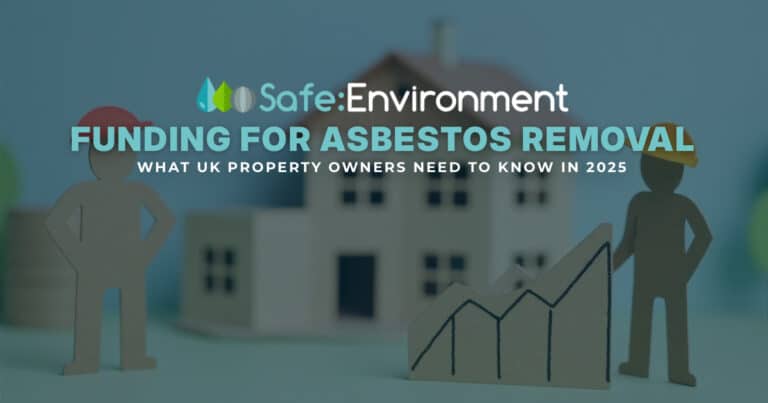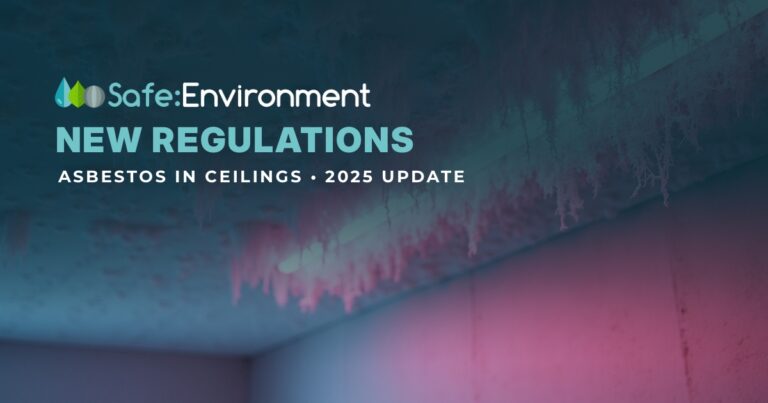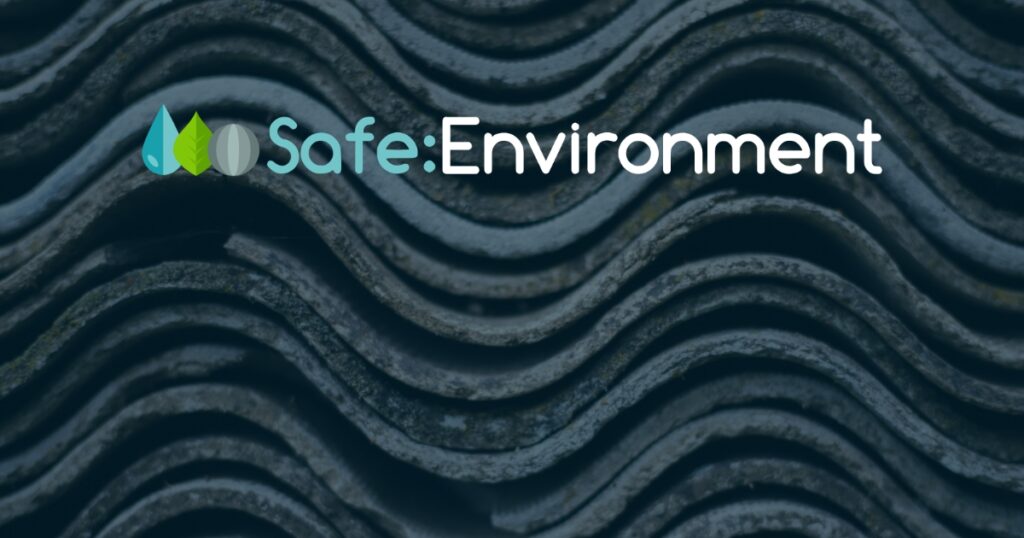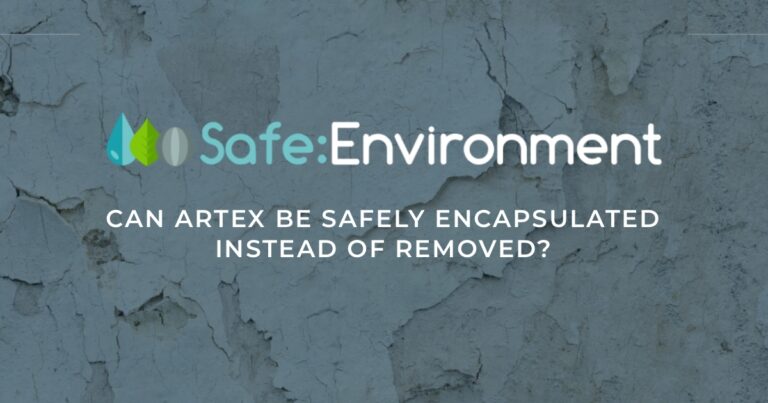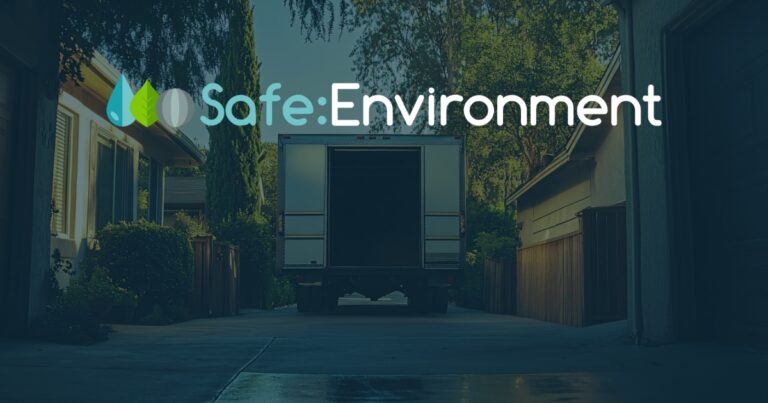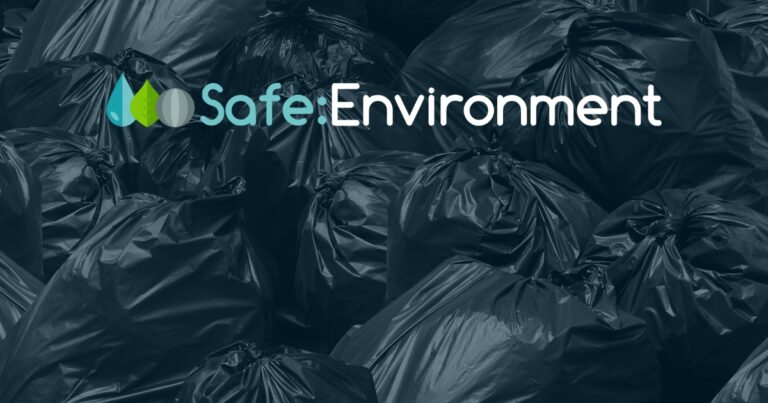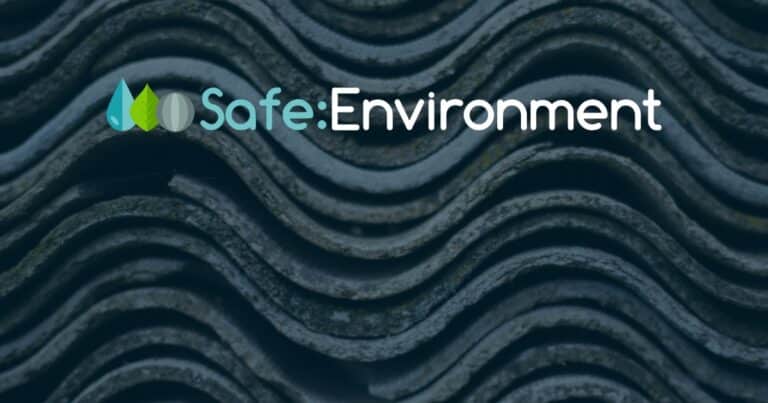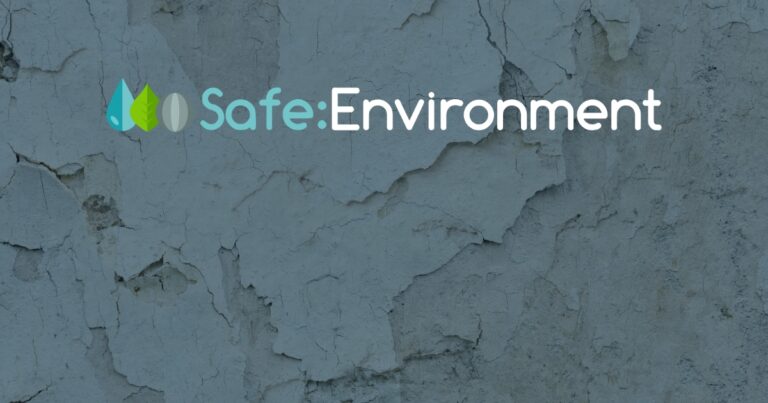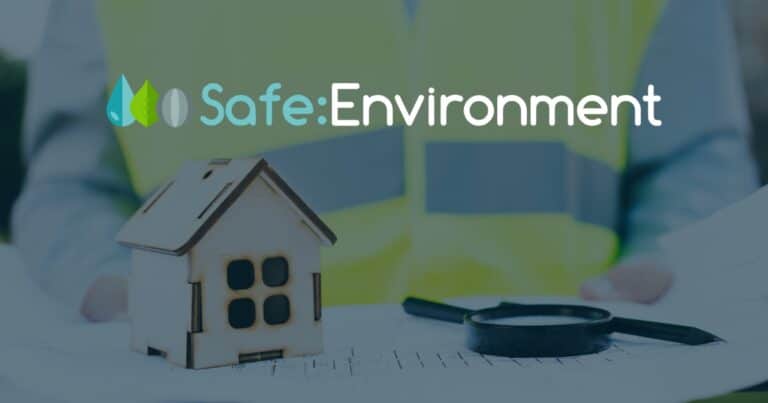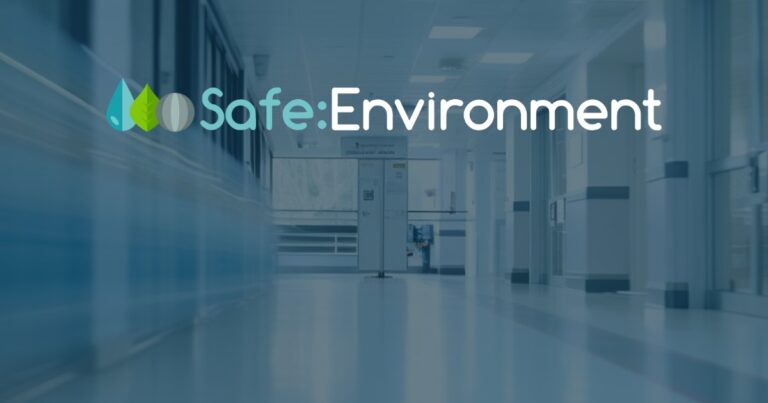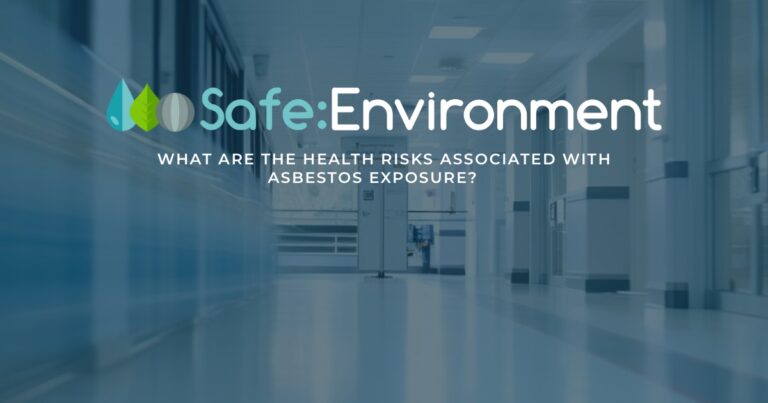Dismantling asbestos shed yourself is generally not recommended due to the significant health risks and legal requirements associated with handling asbestos. Asbestos is a hazardous material, and improper handling can lead to the release of dangerous fibres into the air, which can be harmful if inhaled. Here’s why it’s important to hire professionals rather than attempt to dismantle asbestos shed on your own:
Health Risks
Asbestos fibres are microscopic and can easily become airborne when materials are disturbed. Inhaling these fibres can lead to serious health conditions, including lung cancer, asbestosis, and mesothelioma. Asbestos-related diseases may take years to develop, making it difficult to recognize the immediate dangers of exposure.
Legal and Regulatory Requirements
Handling and removing asbestos must comply with local and national regulations, such as the Control of Asbestos Regulations 2012 in the UK or similar regulations elsewhere. These regulations specify how asbestos should be managed, removed, and disposed of. In many regions, you must obtain permits and notify authorities before undertaking asbestos removal. Professional asbestos removal companies are familiar with these legal requirements.
Proper Equipment and Procedures
Professionals use specialised equipment, including HEPA-filtered vacuums, containment systems, and personal protective equipment (PPE), to safely handle and remove asbestos. Professional contractors follow strict safety procedures to minimize the risk of fibre release, including wetting materials to suppress dust and using proper disposal methods.
Waste Disposal
Asbestos waste must be transported to and disposed of at a licensed hazardous waste disposal facility. Professionals are equipped to handle this process in compliance with regulations. Improper disposal of asbestos waste can result in significant fines and environmental damage.
Risk of Legal and Financial Consequences
Attempting to remove asbestos yourself could result in exposure to health risks and potential legal consequences if safety regulations are not followed. Improper handling may lead to contamination that requires additional cleaning and professional intervention, increasing the overall cost.
Recommended Approach
Engaging a licensed and experienced asbestos removal company ensures that the removal process is conducted safely and in compliance with all relevant regulations. A professional can conduct a thorough assessment, manage the removal and disposal process, and handle all necessary paperwork and legal requirements.
In summary, dismantling asbestos shed yourself is not safe due to the potential health risks, legal requirements, and specialized knowledge needed to handle asbestos properly. It is always best to consult with and hire a licensed asbestos removal specialist to ensure the job is done safely and legally.
During asbestos shed removal, a series of stringent precautions are taken to ensure safety and compliance with regulations. Here’s a comprehensive list of precautions involved in the process:
Pre-Removal Assessment and Planning
A licensed asbestos surveyor conducts an assessment to identify and quantify the asbestos-containing materials (ACMs) present in the shed. This includes sampling and laboratory testing to confirm the presence and type of asbestos. A detailed removal plan is developed, outlining the methods to be used, the safety measures required, and the timeline for the project. This plan ensures that all procedures are conducted systematically and safely.
Site Preparation and Containment
The shed area is isolated from other parts of the property to prevent the spread of asbestos fibres. Plastic sheeting and barriers are used to create a controlled environment. Warning signs are posted to alert people of the asbestos removal work. Access to the work area is restricted to authorized personnel only.
Personal Protective Equipment (PPE)
Workers wear disposable coveralls, gloves, and eye protection to prevent asbestos fibres from coming into contact with their skin and clothing. Workers use respirators equipped with HEPA filters to protect against inhalation of asbestos fibres.
Safe Removal Techniques
Asbestos-containing materials are often wetted down with a specially formulated solution to suppress dust and reduce the risk of airborne fibres. This method helps to minimize disturbance and ensure safer removal. Materials are removed carefully to avoid breaking or damaging them, which could release asbestos fibres. Tools used are non-abrasive and designed to handle asbestos safely. Techniques are employed to reduce dust, such as using HEPA-filtered vacuums to clean up any debris immediately during the removal process.
Waste Handling and Disposal
Removed asbestos materials are sealed in heavy-duty, leak-tight plastic bags or sheeting and clearly labelled as hazardous. This prevents any release of fibres during transportation and disposal. Asbestos waste is transported by a licensed asbestos waste carrier to a certified hazardous waste disposal facility, where it is disposed of in compliance with environmental regulations.
Air Monitoring and Clearance
During the removal process, air quality is continuously monitored to ensure that asbestos fibre levels remain within safe limits. This helps to detect any potential issues early and take corrective action if necessary. After the removal is complete, a final inspection and air test are conducted to confirm that the area is free of asbestos contamination and safe for reoccupation.
Site Clean-Up and Decontamination
The work area is cleaned thoroughly using HEPA vacuums and damp wiping techniques to remove any residual asbestos dust or debris. Equipment and PPE used during the removal process are decontaminated or disposed of safely to prevent cross-contamination.
Documentation and Reporting
A comprehensive report is prepared, documenting the removal process, air quality results, and disposal records. This report is often required for compliance and provides a record of the work performed. All activities are documented to demonstrate compliance with health and safety regulations, ensuring that all procedures have been followed correctly.
By following these precautions, the risks associated with asbestos removal are minimized, ensuring that the process is conducted safely and by regulatory requirements. Hiring a licensed asbestos removal professional ensures that these precautions are implemented effectively and that the job is done correctly.



